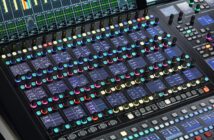
Routing and buses on a digital console: understanding the signal path
Routing and audio buses are the heart of a digital console: they determine where your…

Routing and audio buses are the heart of a digital console: they determine where your…
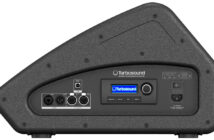
Connecting a monitor (return) to a mixing console may seem complex, but with a bit…
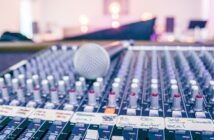
An auxiliary on a mixing console is an additional output channel that can be used…
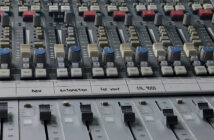
In the field of audio mixing, precision and control are essential to produce high-quality sound.…
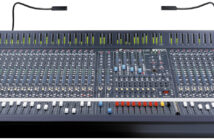
The mixing console, often called a console or mixer, sits at the heart of any…
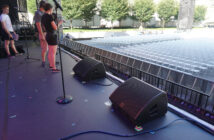
Summary What Is a Stage Monitor and Why Is It Crucial? Positioning Your Stage Monitors…
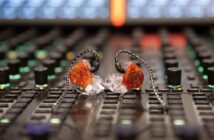
In the music world, sound quality is paramount for both the audience and the artists.…
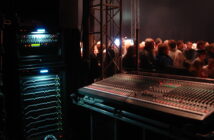
In live performance, stage monitoring plays a crucial role in ensuring a successful show. Whether…